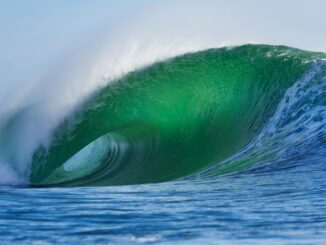
Earlier this summer, a deep-sea submersible went missing with five people on board. It was later discovered that the submersible collapsed under the ocean’s pressure. The people on board were visiting the Titanic 3.8 kilometers below the surface of the ocean. This recent tragedy has highlighted both the challenges and importance of deep-sea research.
Though oceans cover 70 percent of Earth’s surface, much of this environment is unexplored. That is because there are many challenges with deep-sea research. The deepest ocean trenches are 11 kilometers (6.8 miles) deep. No sunlight gets to the deepest parts of the ocean. It is pitch black and very cold, but the crushing pressure is the real danger.
Despite the challenges, thousands of people have traveled to the deep sea to conduct research. Engineers have designed submersibles that keep them safe. Submersibles are smaller than submarines and are launched from a ship. Some submersibles carry humans, while others are unmanned.
Humans have been traveling to the deep sea since the 1930s. The submersibles that carry them are surrounded by metal or other materials to protect passengers from the crushing pressure. Most are spherical to evenly distribute the pressure. They are tested and retested many times. They are designed to be able to communicate with the ship above. They have many sensors and tools on board.
There are currently seven submersibles that can dive to depths greater than 3.8 kilometers. Most of these are used for deep-sea research. These submersibles have made many deep-sea discoveries, including the discovery of hydrothermal vents [underwater hot springs] and many deep-sea creatures. Researchers are still just beginning to uncover the mysteries of the deep. What will they discover next?
What Do You Think? Would you travel to the deep sea? Why or why not?
Photo Credit: Robert Schwemmer, CINMS, NOAA



